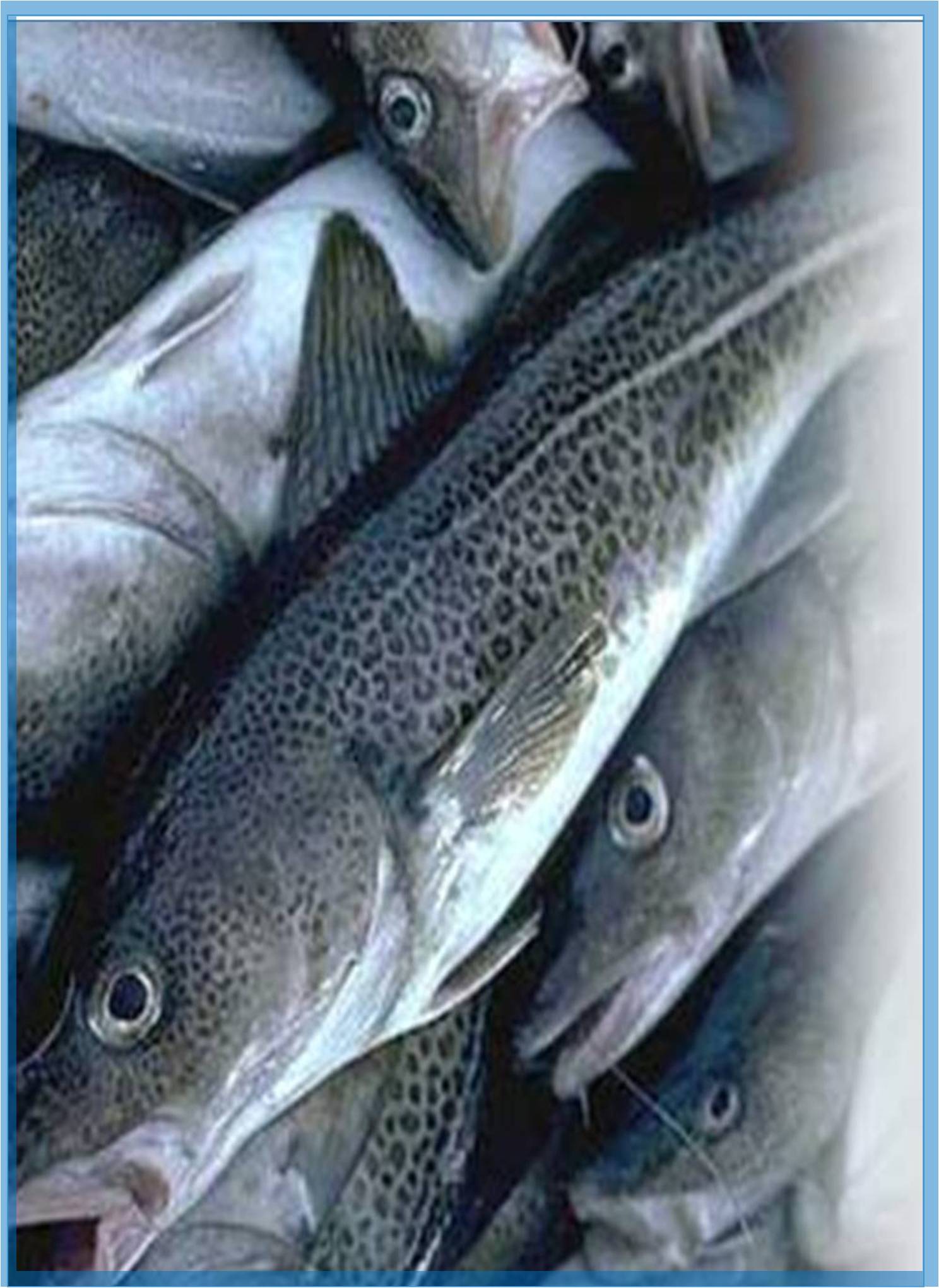



Received: 03-Aug-2022, Manuscript No. GJFA-22-71762; Editor assigned: 08-Aug-2022, Pre QC No. GJFA-22-71762(PQ); Reviewed: 25-Aug-2022, QC No. GJFA-22-71762; Revised: 01-Sep-2022, Manuscript No. GJFA-22-71762(R); Published: 08-Sep-2022, DOI: 10.15651/2408-5464.22.9.085
Almost all water habitats include scyphozoan jellyfish, which include the well-known disk-shaped creatures that are frequently seen drifting along the shore. The majority only have a short lifespan, although some have been reported to live for a year or longer. Most species have bodies that are between 2 and 40 cm in diameter, while some have much bigger bodies with diameters up to 2 metres.
Typically, jellyfish go through three stages in their life cycle. From its top end, a sessile polyp stage asexually produces young medusae, each of which develops into an adult. Adults can be either males or females, though certain species experience sex changes as they get older.
Periodic variations in abundance and occurrence, alternating rarity to population blooms, are known for a number of gelatinous zooplankton taxa, including medusozoan cnidarians and ctenophores. In the last few decades, high-density jellyfish populations have been detected in many coastal areas around the world. Global warming is the cause of expansions in some jellyfish populations, eased recruitment of invasive native and non-indigenous species and relocation of tropical species to sub-tropical and temperate latitudes. Water temperature may control physiological performances of jellyfish, controlling polyp and medusae budding and growth rate of fresh medusae.
Ecosystem eutrophication has also been related with augmented jellyfish blooms and overfishing has been associated with some increases in jellyfish blooms due to the elimination of jellyfish predators and competitors. Moreover, the propagation of hard artificial substrates in the marine environment provides extra suitable habitats for the polyps, the sessile life stage of many medusozoan taxa. Equally, massive blooms and large aggregation of gelatinous organisms may have broad negative consequences on many sea-based human activities, including tourism and leisure, fishery and aquaculture, and coastal industrial installations.
Negative interactions between jellyfish aggregations and marine human activities appear to be occurring more frequently and severely in recent years. Although many of these harmful interactions between humans and jellyfish are probably caused by rising jellyfish blooms, many of them may also be the result of the coastal industry' expanded spatial footprint in recent decades. Some of the most often mentioned effects on fishing fleets across the world include net clogging, catch degradation, longer fishing time, and increased fuel consumption. The predation of eggs and larvae, poor recruitment in fish populations of commercial importance, and competition for crustacean plankton are all indirect effects of jellyfish that contribute to the depletion of fish stocks.
Marine aquaculture saw a quick expansion and is now a major source of food production globally. Over the past 10 to 15 years, there have been more instances of jellyfish blooms affecting the health of farmed fish or facilities for finfish mariculture. Water currents can carry whole jellyfish or fragmented jellyfish fragments, including tentacles, through finfish cages, where they can sting fishes, causing gill and skin damage as well as eventual fish mortality. Additionally, hydrozoan colonies, a significant part of fouling assemblages in aquaculture cages, are recognised as a threat to marine aquaculture due to direct contact envenomation or through the budding and release of free-living medusae, medusoid stages, or larvae equipped with stinging cells, as well.